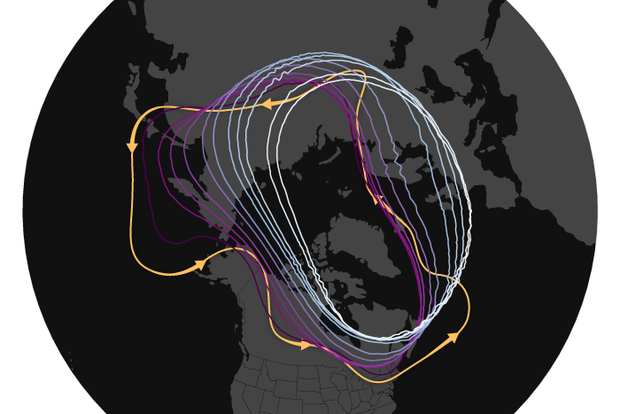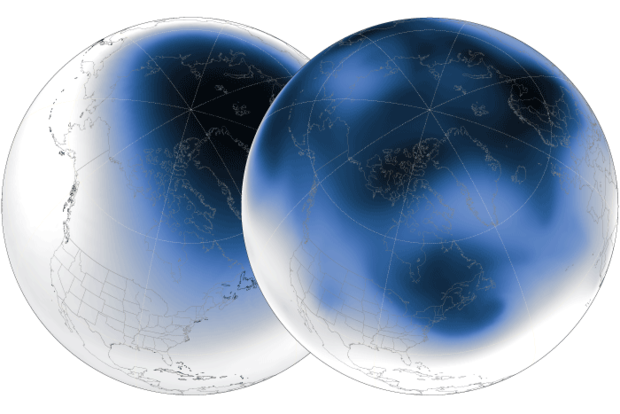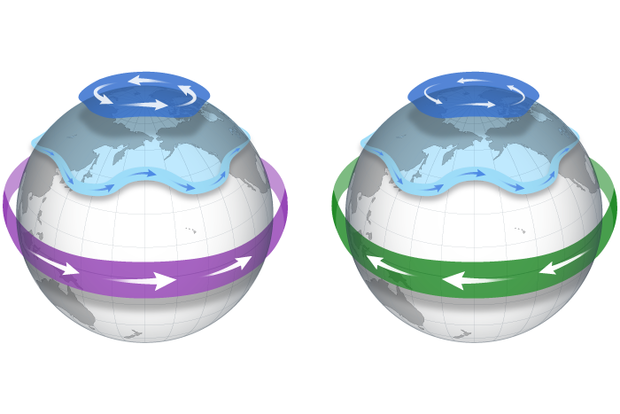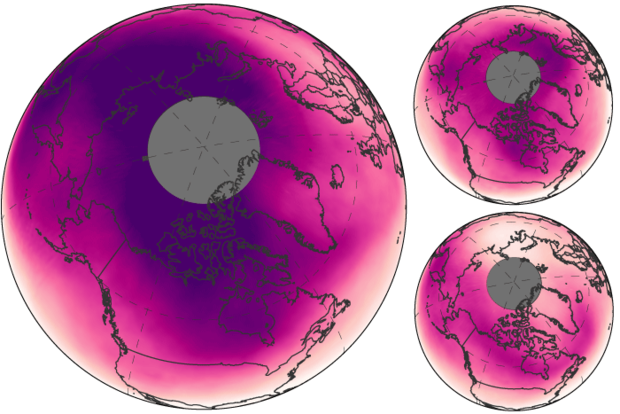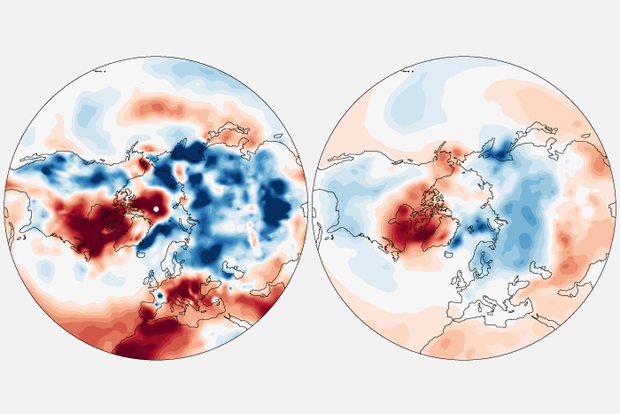Polar Vortex Blog
We’re briefly popping in because another surge of very cold air looks to drop down from the Arctic over a large region of the central US this weekend and into early next week. We know that the question will be asked: is the cold related to the polar vortex this time? So here we are to provide some answers.
There are two points we want to emphasize:
1. The polar vortex strength, as measured by the speed of the winds around the 60N latitude circle and 10 hPa pressure level, remains stronger than average, and is currently forecast by most models to return to near-record strong wind speeds into early February.
Normally, if the polar vortex is communicating with the surface, which it…
Read article
Parts of the Midwest and East Coast have been blanketed by the first major snow of 2025, with temperatures dropping as fast as my New Year’s resolutions. Do we have the stratosphere, the polar vortex in particular [footnote #1], to blame (or thank) for this recent cold air outbreak? We don’t think so. This seems like a case of the polar vortex getting blamed for being a trouble maker, when it was actually minding its own business. We’ll tell you why below.
Our usual suspect has an alibi: the polar vortex has been strong
A common way in which the stratospheric polar vortex contributes to cold air outbreaks over the eastern U.S. usually involves two key ingredients.…
Read article
When we launched this blog last winter, the atmosphere came through for us with not one, but two breakdowns of the stratospheric polar vortex. That was very considerate of it, given that many winters pass without even a single one. With all the excitement that occurs when the stratospheric polar vortex is disrupted during a sudden stratospheric warming, our readers might wonder whether there is any way to predict weeks or even months ahead of time the likelihood that one (or more!) will occur this upcoming winter.
As we discussed last year, there are certain ingredients that need to come together to drive a sudden stratospheric warming. These can be boiled down to two main factors:
…
Read article
Though many aspects of nature in the Northern Hemisphere tend to quiet down during the winter, the Arctic stratospheric polar vortex (we’ll just call it the polar vortex from here on) is just getting started. Read on to get a recap of what the polar vortex is, what happened over the past summer, and what antics the polar vortex has been getting into recently.
The polar vortex: a lonely bear or party animal?
For those of you who are new to the polar vortex blog or are reminiscing over those summer polar vortex-less days, let’s start with a brief recap [footnote 1]. The polar vortex is a band of strong west-to-east winds that forms in the stratosphere between about 10 and 30 miles …
Read article
As polar vortex season winds down, so does Season 1 of the Polar Vortex Blog. In our final post of the season, we discuss whether the season is ending on a cliffhanger or just tying up loose ends.
Season finale of the polar vortex
The polar stratospheric west-to-east winds have been steadily weakening and as of April 28, the winds at 60 degrees North, 10-hPa reversed direction, becoming east-to-west. As mentioned in the previous post, this breakdown of the polar vortex isn’t a shocking cliffhanger, but rather the final stratospheric warming that occurs every spring as a result of the sun “rising” over the North Pole. Probably the most noteworthy part of the final warming is that it ha…
Read article
